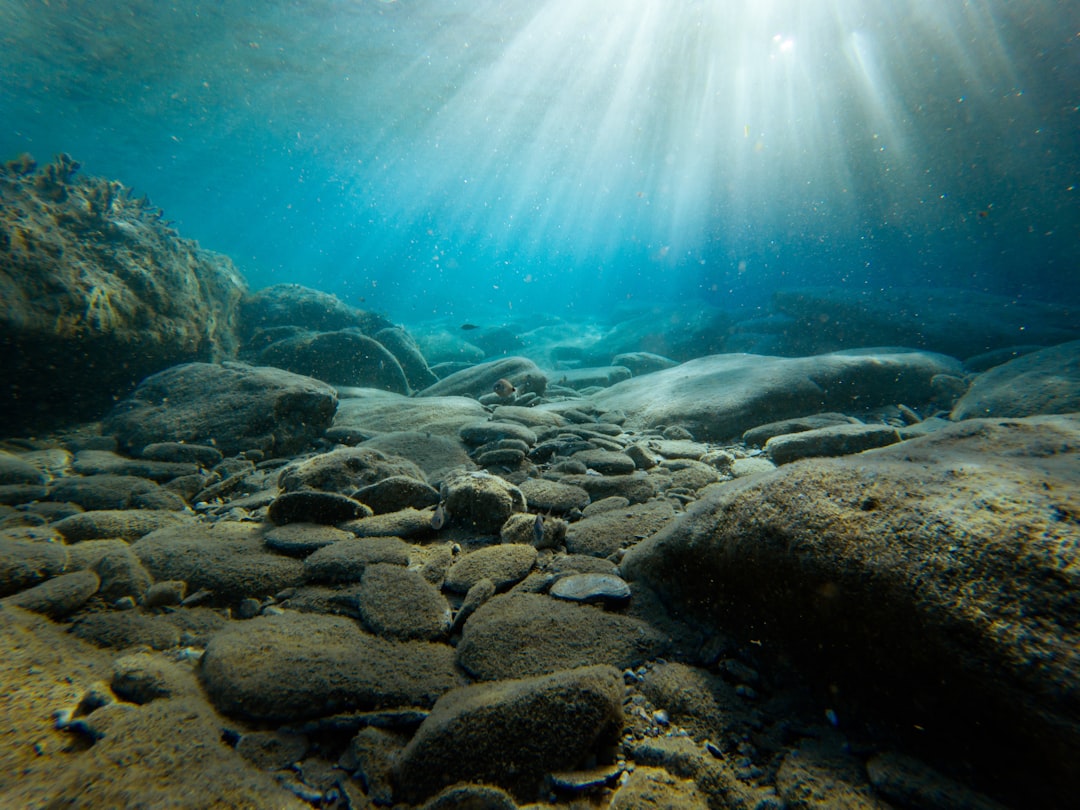What is it about?
Lava spines emerge from lava dome volcanoes by repeated faulting events along their outer margins. At Mt. Unzen, Japan a 30 m high spine was emplaced towards the end of the 1991-1995 eruption, accompanied by repetitive volcanic earthquakes. Using a combination of experimental fault simulations and analysis seismicity generated during the spine growth we examined the fault events at varying depths and velocities. Our experimental results show that under certain conditions volcanic rocks can remelt to form pseudotachylytes due to high fault temperatures generated by friction. A layer of fine-grained fault gouge forms at lower slip rate/normal stress faulting conditions. While pseudotachylyte can cause intense friction during faulting and arrest slip, fault gouge lubricates slip; therefore slip dynamics are highly dependent on depth and slip rate. By studying the seismic record we calculated average slip velocity and duration for the faulting events during spine growth. We used these measures to constrain depths for the onset of viscous effects and melt formation during spine growth to >300 m and >500 m depths respectively. Field evidence from the emergent spine supports pseudotachylyte formation at the bounding faults. This study demonstrates the likelihood for pseudotachylytes to form and change shallow fault dynamics at silicic volcanoes. Modelling of lava dome mechanics must incorporate these effects of fault friction, which can help to understand and mitigate volcanic activity.
Featured Image
Why is it important?
This study demonstrates the the likelihood for pseudotachylytes to form and change shallow slip dynamics during shallow faulting at silicic volcanoes. Volcanic pseudotachylyte can generate very high friction during faulting, thereby arresting fault slip, while gouge formation lubricates fault movement. Modelling of lava dome mechanics should incorporate these effects of fault friction, which can help to understand and mitigate hazardous volcanic activity.
Read the Original
This page is a summary of: Spine growth and seismogenic faulting at Mt. Unzen, Japan, Journal of Geophysical Research Solid Earth, June 2015, American Geophysical Union (AGU),
DOI: 10.1002/2014jb011660.
You can read the full text:
Resources
Blog post at Cracking Volcanoes!
Project description
Rotary friction - melting magma
An example of a high-velocity rotary shear experiment using lava cores from Volcan de Colima, Mexico, similar to those conducted in this study.
Repetitive fracturing during spine extrusion
Related study by Oliver Lamb et al., focusing on the characteristics of the seismicity during the spine growth episode and how we can track steadily evolving seismic sources properties.
Reprint requests
PDF copy available by email
Contributors
The following have contributed to this page










